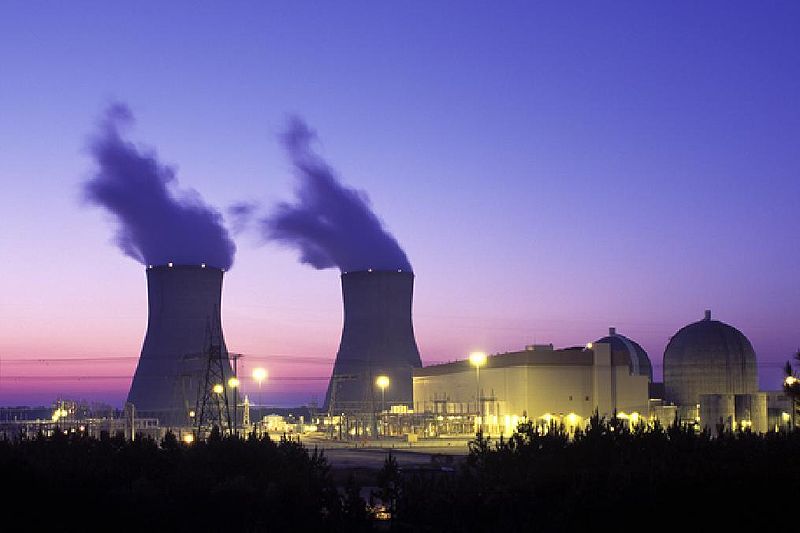The U.S. nuclear renaissance has begun


There are cooling towers on the horizon in the United States. The nuclear renaissance is slated to begin in rural Georgia with new reactors being built over the next five years, and work is already underway to leap another generation ahead.
The Nuclear Regulatory Commission (NRC) today announced that it has granted licenses to a consortium of utilities to erect two Westinghouse AP 1000 reactors at Southern Company's existing Vogtle site, clearing a path to end a decades long hiatus in new construction.
Westinghouse's design incorporates passive cooling, which extends the duration under which a reactor can operate safely without outside intervention in the event of a disaster. The AP 1000 is classified as Generation III+ reactor.
Generation III+ reactors have more redundant systems than older reactor designs. Those include emergency cooling systems, a double containment system, and an ashtray like cooling area to capture molten fuel in the event of a meltdown.
Existing U.S. nuclear reactors require active cooling such as electric water pumps. Japan's Fukushima used active cooling, and its reactors melted down last spring when external power was unavailable. There are a total of 104 nuclear plants in the U.S today that are dependent upon active cooling.
The meltdown risk associated with those legacy reactors and the high capital requirements of nuclear power are some of the reasons why no new reactor has been built in the U.S since the late 1970's, when the 1979 Three Mile Island incident soured public sentiment.
For now, anti-nuclear sentiment has been marginalized. The U.S. is energy hungry and nuclear power is receiving generous government subsidies. The Vogtle reactors would power up to 1 million homes at a cost of US$14 billion, CNN reported.
A $8.3 billion conditional loan was granted by the Department of Energy to help ease the project's capital requirements. The Vogtle reactors may be completed as soon as 2015 and 2016 - unless the project is stalled. (A number of environmental groups plan to sue).
Meanwhile, multiple AP 1000s are already operating in China, and the U.S. is playing catch up. The design is the latest reactor to have received the NRC's approval. However, that alone failed to satisfy NRC chairperson Gregory Jaczko.
Jaczko withheld his support for Southern Company's license unless the NRC was given binding assurances by Southern Co. that the design would be updated to incorporate lessons the NRC learned post Fukushima. He was the lone vote in opposition.
The NRC has taken action to advance domestic nuclear safety by establishing a Fukushima focused task force. It outlined its goals in two memos (see here and here).
Eventually, future reactors will push the safety bar even further. Those include small modular nuclear reactors (SMRs) and a transition away from uranium to a safer thorium fuel cycle. Proponents want SMR designs out for deployment by 2022.
SMRs cluster together compact passively cooled reactors to match the output of obsolete coal or nuclear facilities. Steam output from many modules would power a common generator to produce electricity.
The SMR concept was brought closer toward reality last month when the U.S. Department of Energy outlined how it intends to support the design and licensing of SMRs. The NRC recently certified a Westinghouse SMR design that is based upon the AP 1000.
Related on SmartPlanet:
- Nuclear, solved: small ‘modular' reactors on an assembly line?
- Small nuclear reactors - America's energy future?
- Nuclear safety in the U.S. a slow affair
This post was originally published on Smartplanet.com